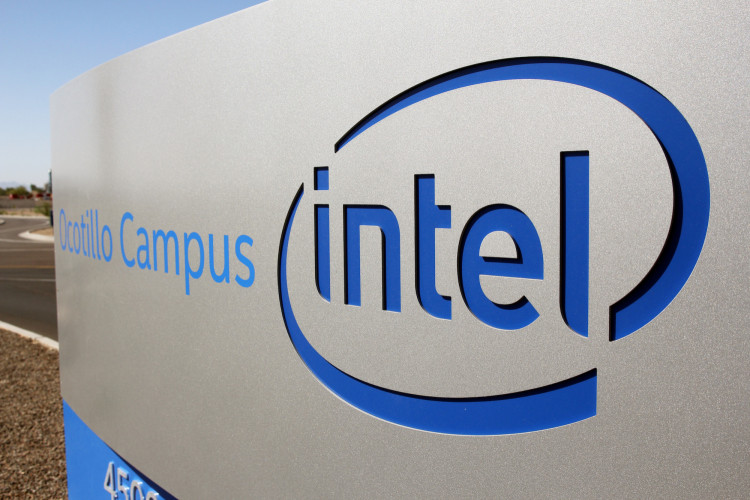Intel reported its earnings On July 27 for the second quarter ending July 1 this year.
The report revealed a 15% year-over-year drop in Intel's Q2 revenue to $12.9 billion, exceeding market expectations of $12.02 billion. The gross margin for the second quarter slipped 0.7 percentage points from the previous year to 35.8%. Earnings per share for the quarter were 35 cents, with a 54% decrease to 13 cents per share on a non-GAAP basis.
Both the company's Q2 revenue and net profit exceeded the company's own top guidance range.
Intel offered a quarterly dividend of 12.5 cents per share to shareholders. Additionally, the company stated it's on track to achieve its goal of saving $3 billion in costs by 2023.
Intel anticipates a modest recovery in the second half of the year. The company expects Q3 revenues to reach $12.9 billion, slightly below analysts' expectations of $13.28 billion. The company predicts adjusted Q3 revenues to fall between $12.9 billion and $13.9 billion, the median value being higher than the market forecast of $13.28 billion. Intel expects earnings per share of 4 cents for Q3 and 20 cents per share on a non-GAAP basis.
Market analysts believe Intel's Q3 guidance exceeding expectations suggests an improvement in demand for computer components, and that the long-awaited recovery in the industry may have already started. Intel's performance guidance also indicates that the company is overcoming the challenges inflicted by the slump in demand for personal computer chips. The management had promised improvements in the second half of the year, and now investors see new evidence. However, the company is still in the early stages of returning to profitability, which depends on Intel reestablishing its once rock-solid lead in chip technology.
Boosted by the company's better-than-expected Q2 earnings and Q3 guidance, Intel's US stocks soared over 7.5% in after-hours trading.
In terms of business segments, Q2 revenue from Intel's client computing business fell 12% to $6.78 billion, higher than the market expectation of $6.1 billion. Data center and artificial intelligence business revenue fell 15% to $4 billion, while revenue from the network and innovation business dropped 38% to $1.4 billion. MobilEye business revenue slightly declined by 1% to $454 million, while revenue from Intel Foundry Services soared 307% year-over-year to $232 million.
Looking at operating profit margins, Intel's client computing business had an operating profit margin of 15% in Q2, while the data center and artificial intelligence business had an operating loss rate of 4%. The network and innovation business saw an operating loss rate of 14%, while the MobilEye business had an operating profit margin of 28%. The Intel Foundry Services business had an operating loss rate of 62%.






